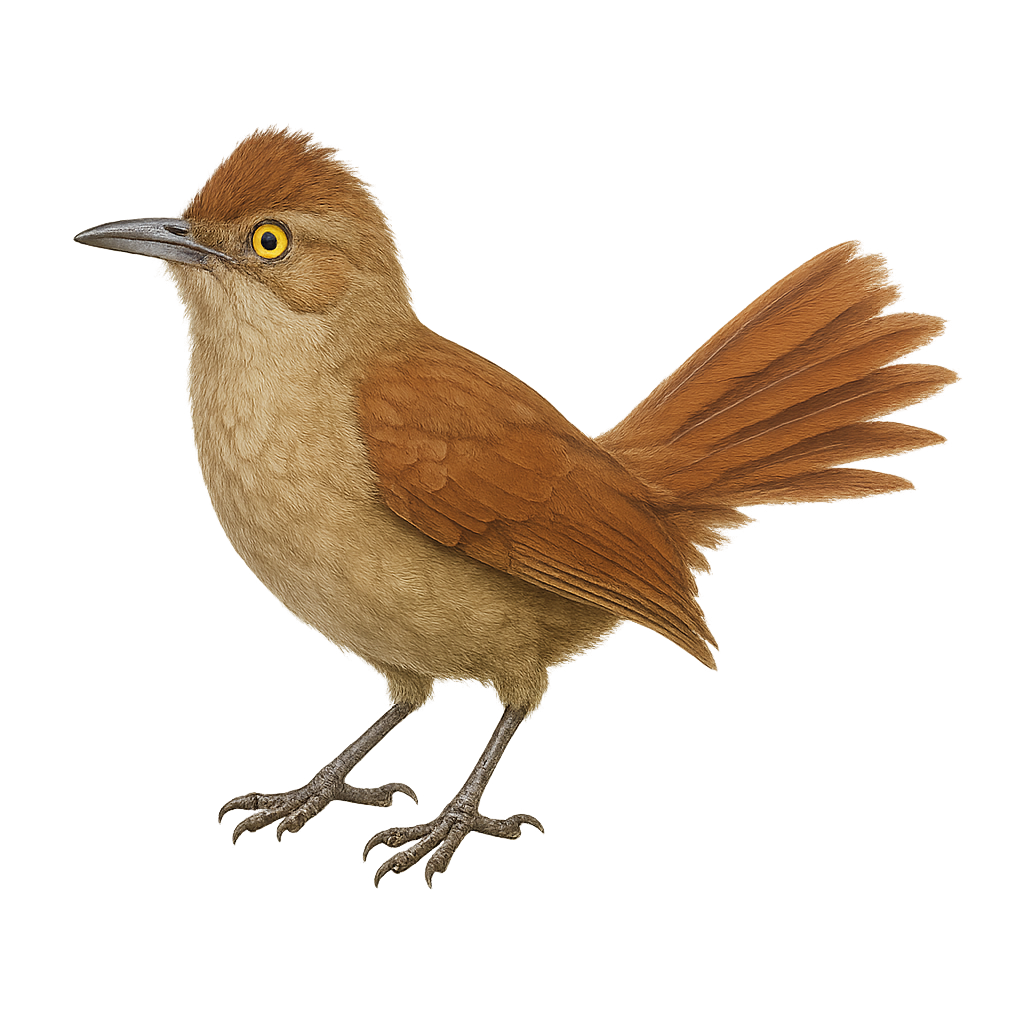Your wildlife photography guide.
Explore the rufous-fronted thornbird in detail, study its behavior, prepare your shots.
Where to observe and photograph the rufous-fronted thornbird in the wild
Learn where and when to spot the rufous-fronted thornbird in the wild, how to identify the species based on distinctive features, and what natural environments it inhabits. The WildlifePhotographer app offers tailored photography tips that reflect the rufous-fronted thornbird’s behavior, helping you capture better wildlife images. Explore the full species profile for key information including description, habitat, active periods, and approach techniques.
Rufous-fronted Thornbird
Scientific name: Phacellodomus ruber

IUCN Status: Least Concern
Family: FURNARIIDAE
Group: Birds
Sensitivity to human approach: Suspicious
Minimum approach distance: 10 m
Courtship display: September to October
Incubation: 14-16 jours
Hatchings: October to November
Habitat:
Dry forests, savannas, shrublands
Activity period :
Primarily active during the day, with peak activity in the morning and late afternoon.
Identification and description:
The Rufous-fronted Thornbird, or Phacellodomus ruber, is a bird from the Furnariidae family, primarily found in South America. It is identifiable by its reddish-brown plumage and long, tapered tail. This bird measures about 18 to 20 cm in length and weighs between 20 and 30 grams. It is often seen in dry forests, savannas, and shrublands, where it builds elaborate dome-shaped nests with twigs. The Rufous-fronted Thornbird is a social bird, often seen in pairs or small groups. Its song is a fast, repetitive trill used to mark its territory. Although not threatened, deforestation could impact its natural habitats.
Recommended lens:
400 mm – adjust based on distance, desired framing (portrait or habitat), and approach conditions.
Photography tips:
To photograph the Rufous-fronted Thornbird, it is advisable to use a telephoto lens of at least 400mm to capture detailed images without disturbing the bird. Look for areas where the bird is active, such as dry forests or savannas. Be patient and discreet, as this bird can be suspicious. Use a tripod to stabilize your camera and wait for the bird to perch or sing to get interesting shots. Take advantage of the natural light in the morning or afternoon for better shooting conditions.
The WildlifePhotographer App is coming soon!
Be the first to explore the best nature spots, track rutting seasons, log your observations, and observe more wildlife.
Already 1 432 wildlife lovers subscribed worldwide

